A Comprehensive Guide to Curly Hair Types



Chelsea Hall

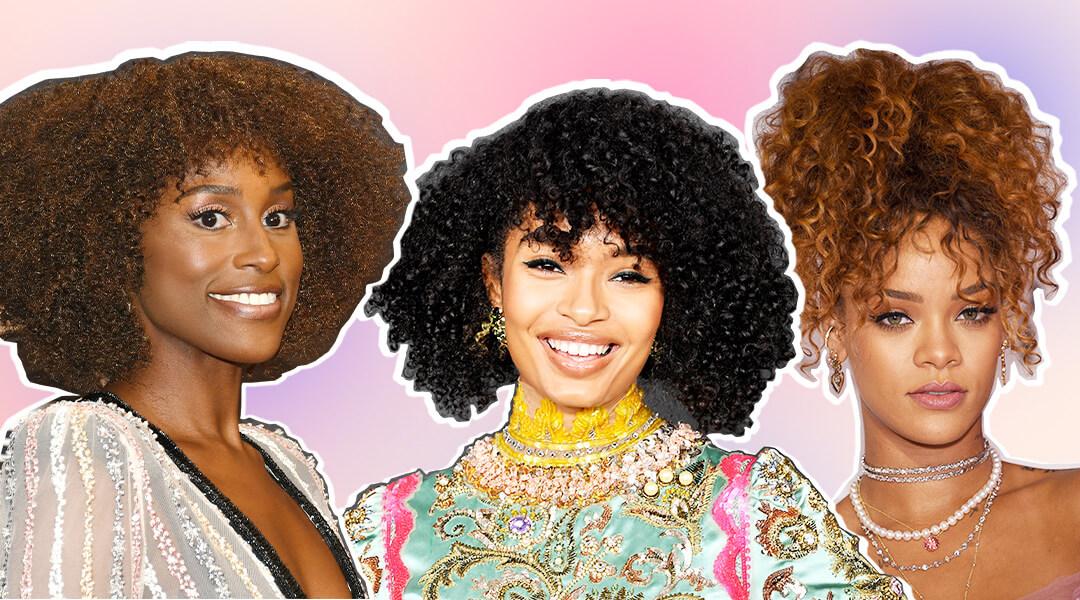
Curly hair is far from a one-size-fits-all category, encompassing a diverse spectrum of textures and patterns. There are loose curls, bouncy spirals and ringlets, curls with a zigzag pattern, tight coily curls, and a whole range of curl types that fall somewhere in between. Understanding your unique curl type is one essential step to finding the right curly hair products and curly hair techniques that will keep your natural hair hydrated, healthy, and frizz-free.
Unlike with straight hair, the oils from the scalp don't travel as effectively down the curly hair shaft, which makes curls extra prone to dryness. Understanding your unique curl type and hair porosity is an essential foundational step in unlocking the formula to maintaining healthy curls.But how much hydration and how heavy of a product you use all depends on your curl type. For example, the extra-hydrating products designed for someone with coily hair will likely be too heavy for someone with wavy hair. And products designed for those with wavy hair could leave coily curls and kinky hair dry, plus, prone to breakage.
Below, we dive into what the different curl types are and how you can identify your unique curl type. We've even highlighted a few go-to products for each curl type. Read on to start your journey to your best hair yet.


It's about glam time you treated yourself.
MEET THE EXPERT
Martha Ellen Mabry is a hairstylist and owner of Headchop in Williamsburg, Brooklyn. She has been specializing in curls for the past 13 years.
Ikeyia Powell is a NYC-based celebrity hairstylist that specializes in the maintenance of kinky and curly hair types.
What Are the Curl Types?
"The curl-type system is a small step in the right direction of knowledge," says Martha Ellen Mabry, the owner of Headchop in Williamsburg, Brooklyn. "Curly hair folks can use this to communicate with salons to find the right stylist and to determine the correct approach to cutting, coloring, and styling their hair!"
Mabry adds, "I love this chart mostly because it wipes race out of the conversation. There are stereotypes of what your hair will look and feel like based on your race that are completely wrong. This curl typing takes out the unnecessary, and in a lot of ways inappropriate, conversations surrounding a client's race and refocuses the conversation to just hair. It gives immediate knowledge to the stylist or salon you book with which will help lead you to the ideal stylist for you and your hair needs."
Curly hair is most often categorized into three different types:
Type 2 (wavy)
Type 3 (curly)
Type 4 (kinky and coily)
Within each type, there are three subcategories (A, B, and C). These vary based on the curl's shape and diameter. Type As tend to have a wider curl pattern while those who fall into a type C will have the smallest, tightest curls in the category. It's worth highlighting that the hair-typing system provides a general framework for categorizing curly hair types, yet the types of curls and their characteristics can still vary greatly for each individual.
This guide works to help individuals with curly hair garner the most beneficial hair care routine. "Curl classification is more than a label; it's a gateway to understanding your hair's behavior and what products work best on your type of hair,” says celebrity hairstylist Ikeyia Powell.While your curl pattern may closely resemble one curl type, it's not unusual for someone to have a combination of two or more curl types. Different hair textures can all be present on the same head. If this is the case, Mabry says, “Give the different curls what they need where they need it. If you have a patch of dry, textured hair in a specific spot, leave more of your conditioning leave-in, in that area. That could be a leave-in conditioner or styling cream. If you have looser curls underneath and tighter curls on top it can help to scrunch with a little extra or your product with hold such as a gel or mousse underneath for more holding power to pump those limp curls up. These are just two examples where there are so many variations of textures, curl types, and needs."
While these nine curl types may not be an absolutely perfect fit for everyone, the idea is that you can find a narrow window that you identify with so that you can use products and techniques aligned with those hair types. From there, it's all about experimenting and finding what works for your unique set of curls.
Type 2 Curls:
Type 2 hair is synonymous with wavy hair. These can range from loose, lax beach waves to S-shape waves that are almost on the brink of a full curl. This hair type typically lays flat around the roots and evolves into waves further down the hair cuticle. It's also often the easiest curl type to care for as it isn't typically too oily or too dry. However, type 2 hair will be weighed down by heavy curl creams. "For type 2 hair, I advise my clients to use lightweight leave-in conditioners, airy sprays, and volumizing foams to enhance their natural texture,” says Powell.
Type 2A


Just beyond the straight hair category (type 1) is type 2A hair. This hair type features those barely-there waves and a nice tousled texture. You can easily straighten this curly hair type, or bump up the curl factor using a sea salt spray like OUAI Wave Spray and a curling iron.
Type 2B
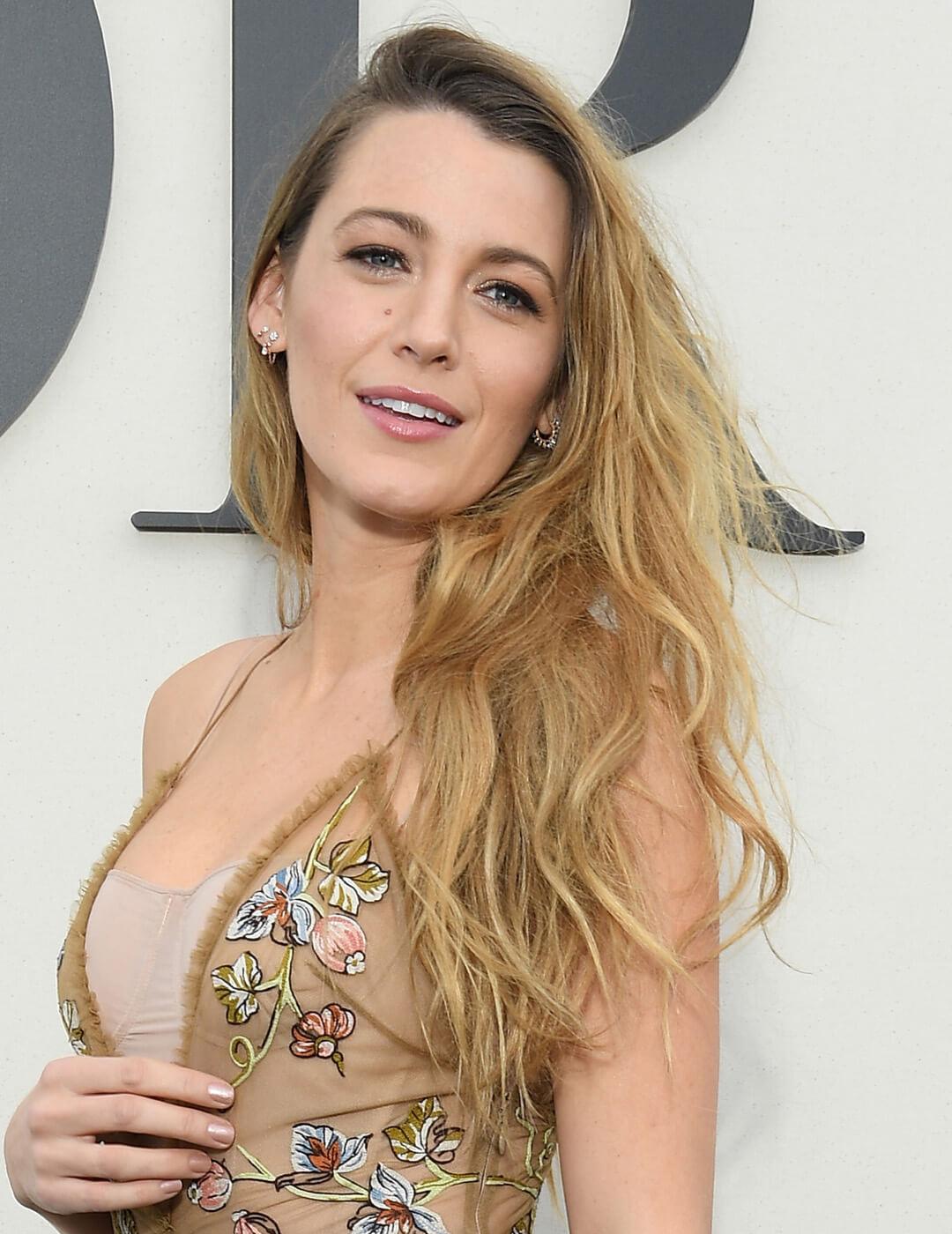

If you have type 2B hair, you can probably air-dry your hair and rock those coveted beach waves without much assistance from hot tools. Your waves may feature more of an S-pattern but may also be more prone to frizz. To amplify your waves, spritz on a leave-in conditioner to boost shine and tame flyaways. Then try styling with a diffuser.
Type 2C
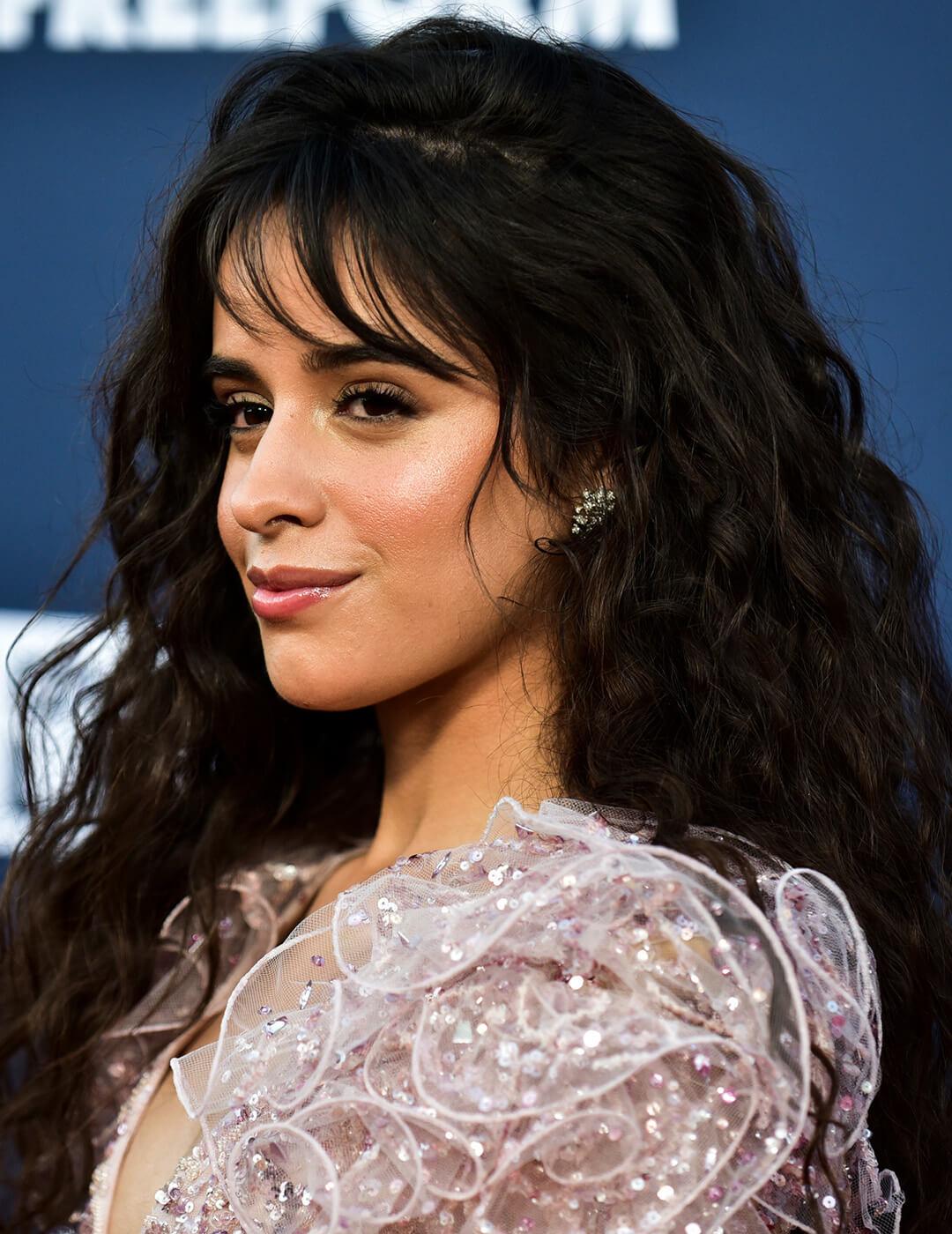

This hair type is right on the brink of curly hair. It may feature a mix of deep waves and looser curls and usually takes more effort to straighten. It will likely also be prone to frizz. To boost the appearance of this ultra-wavy hair type, reach for a lightweight curl creme like the BRIOGEO HAIR CARE Curl Charisma™ Rice Amino + Quinoa Frizz Control Gel.
Type 3 Curls:
Type 3 hair is when the strands begin to form actual ringlet curls. These can range from loose loops to tight and springy corkscrew curls. As you move into this curl pattern, the hair cuticle is typically more open and hair's natural oils have a harder time traveling down from the roots. This makes type 3 hair more prone to frizz and loss of curl definition, so properly moisturizing the hair strands is essential. "Maintaining type 3 hair requires a healthy balance between hydration and styling. A personalized routine of effective moisturizing techniques and curl-enhancing products will help you achieve frizz-free, ringlet curls,” says Powell.
Type 3A Curls
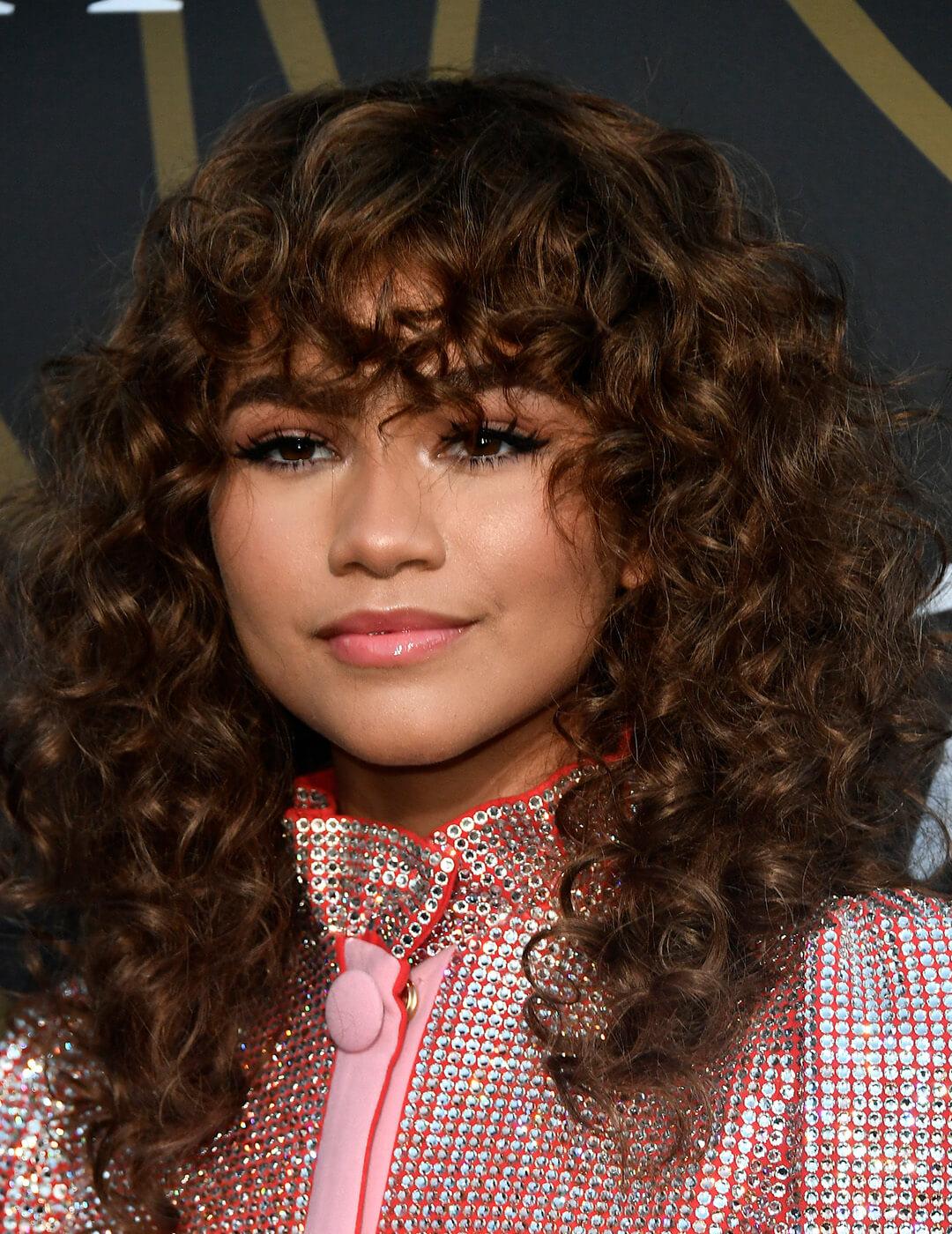

3A curls are large and loose and can often be about the size of a fat marker. This hair type is often very reactive to humidity but doesn't have too much shrinkage. To emphasize 3A curls, you'll want to use a product that hydrates and adds definition. Reach for something like the BUMBLE AND BUMBLE Curl Reactivator.
Type 3B
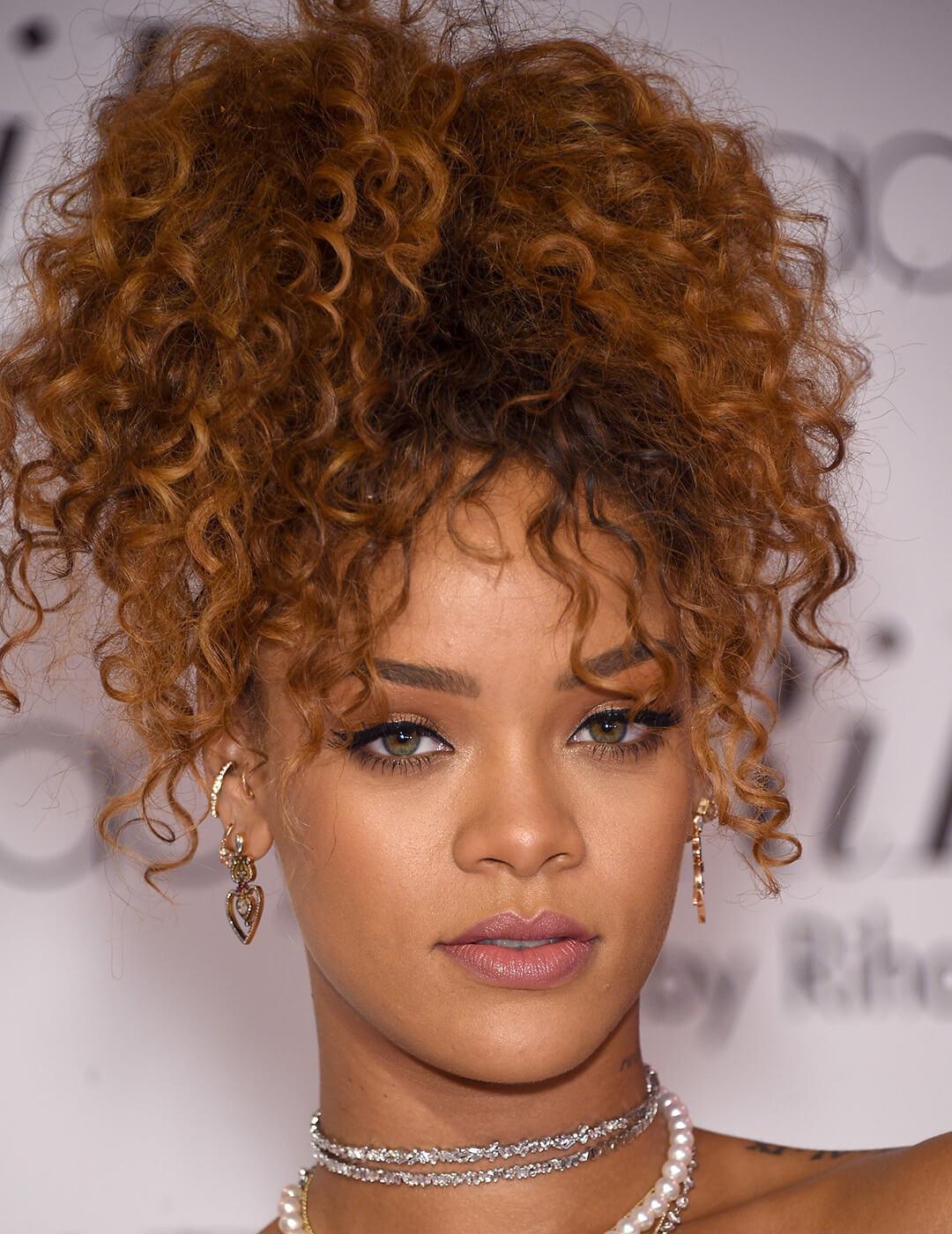

Type 3B curls have ringlets closer to the size of a Sharpie or your finger and feature more shrinkage–usually about one to two inches. Once you get to this hair type, hydration becomes super, super important. Here, you can begin using medium-weight curl creams like the VERB Curl Cream to hydrate and fight frizzy hair.
Type 3C
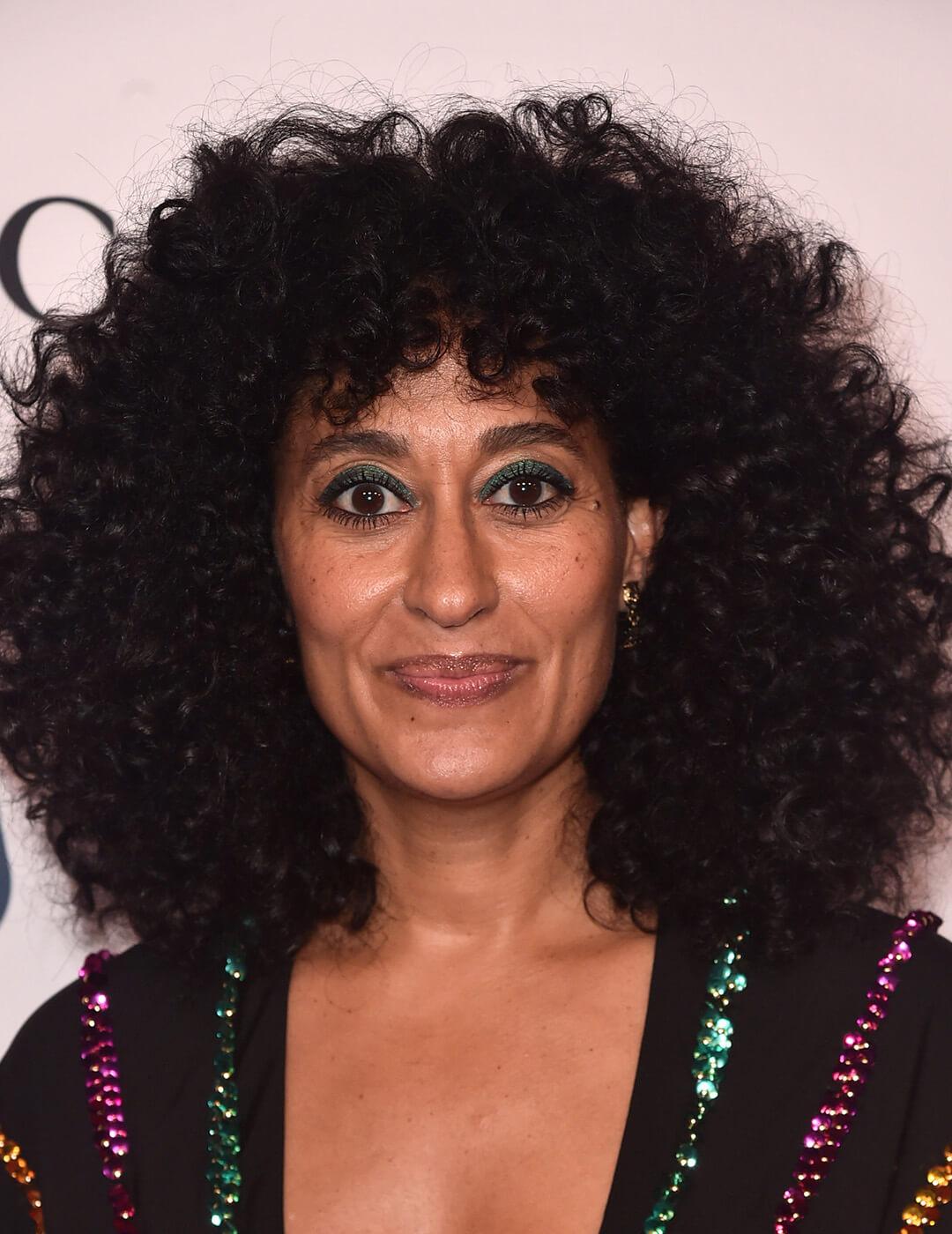

These curls are tight, corkscrew curls that are usually about the size of a pencil. These densely packed curls create a lot of volume but can easily become frizzy and prone to breakage if not adequately moisturized. Denser curl creams (like the MARC ANTHONY TRUE PROFESSIONAL 100% Extra Virgin Coconut Oil & Shea Butter Hydrating Curl Cream) are essential for type 3C hair, as is a specialized curly hair shampoo. Make sure you're washing the hair sparsely and steering clear of anything with sulfates.
Type 4 Curls:
Type 4 hair is considered to be kinky and coily hair. Type 4 hair can feature ultra-tight "S-shaped" curls or zigzag curls (sometimes referred to as "Z-shaped" curls) which don't actually wrap around themselves like ringlets do. “The key to fostering healthy type 4 hair growth is to focus on keeping the strands moisturized and opt for low manipulation hairstyles,” says Powell. It also has the most shrinkage, sometimes shrinking up to 75% of the hair’s actual length. Because this hair type is so highly textured, this is also the driest and most fragile curl category that is most vulnerable to tangles and single-strand knots. Here is where heavier, intensely hydrating sulfate-free shampoos and styling products come into play.
“Across the board, all curls need moisture to look and feel their best,” says Mabry. She says it's important not just to pick a product that’s designed for your curl type, but for how fine or coarse your hair is as well. "With types 3 and 4 hair, some can get away with the perfect conditioner as their only leave-in product and their curls look great. Others in this curl type will need the right gel on top of a conditioning product to lock in the moisture and definition. I’ve found that flax seed-based gels work best for the binding of these tighter curl patterns and dries super soft," says Mabry.
Type 4A
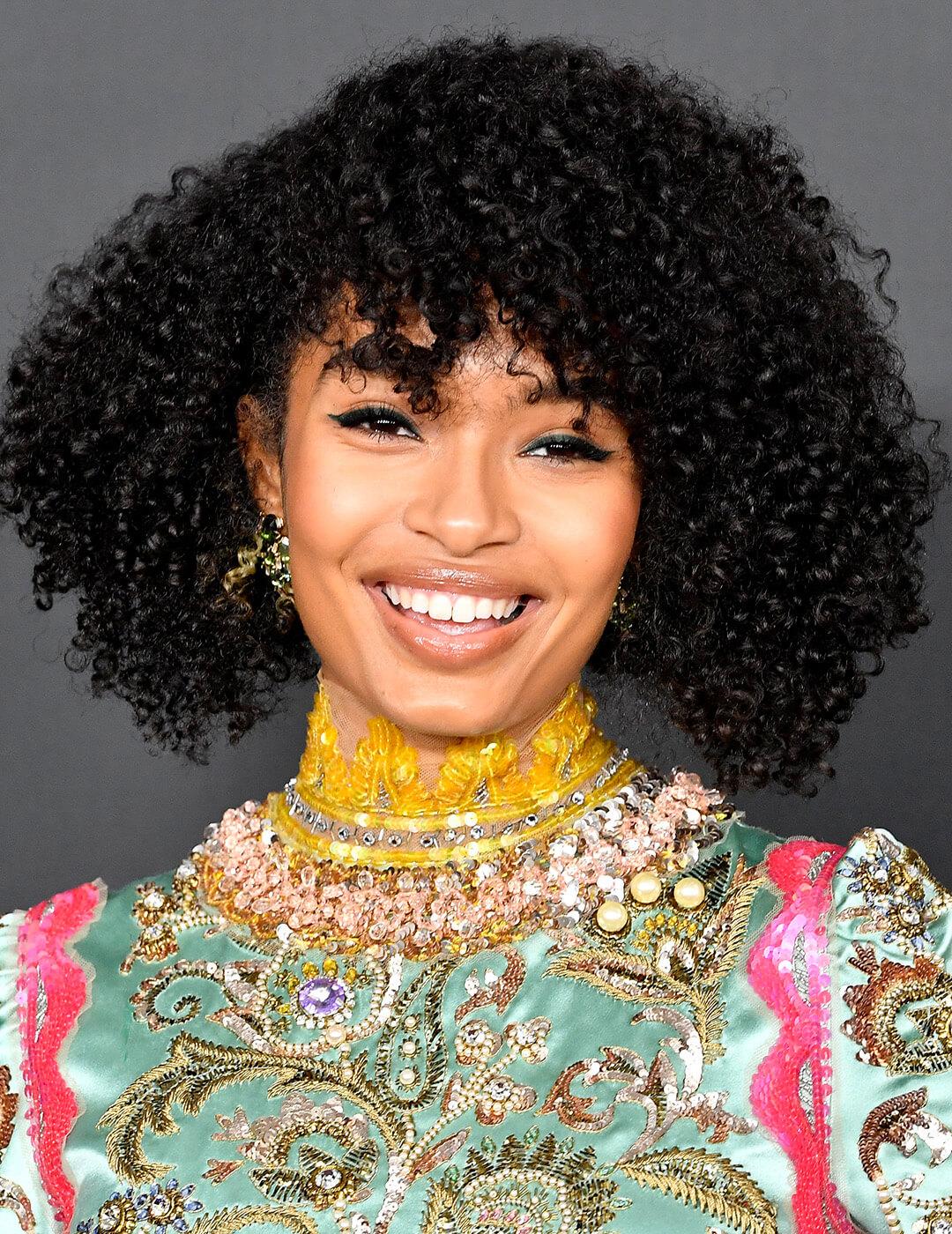

These curls will likely still feature tight corkscrews that may only be about the diameter of a toothpick. It's likely that the hair may feature a mix of both 4A and 3C curls. The best products for this hair type will be super hydrating hair oils, curl gels, and leave-in conditioners like the TWISTED SISTA Intensive Leave-In Conditioner.
Type 4B
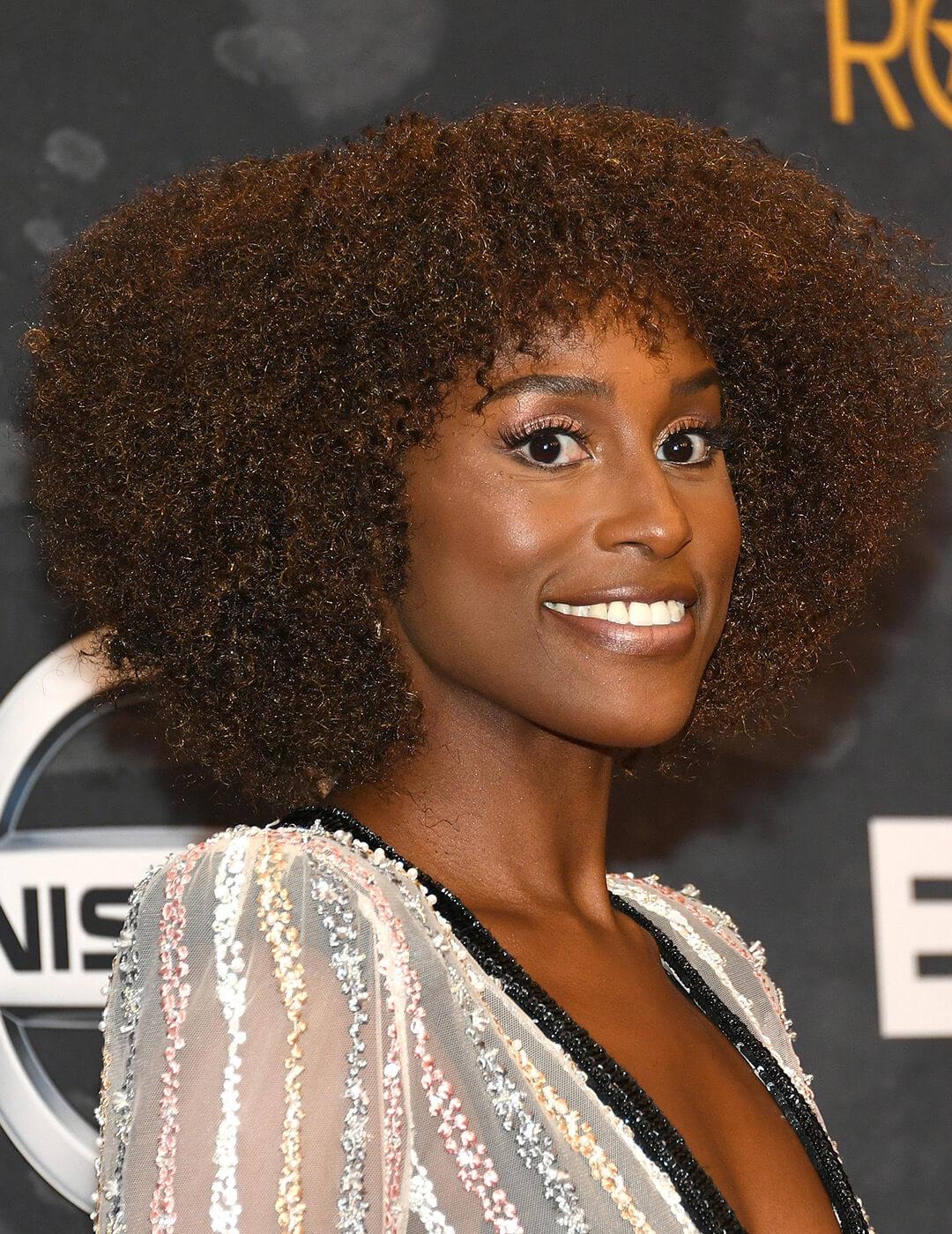

4B hair is when the curls can start to become Z-shaped. The hair may feature a mix of type 4A and 4B strands. This hair type is quite fragile and often has a high porosity, meaning it loses moisture very quickly. As you may have guessed, super hydrating leave-in products and deep conditioning hair masks are two hair care products that will keep this coily hair type looking great.
Type 4C
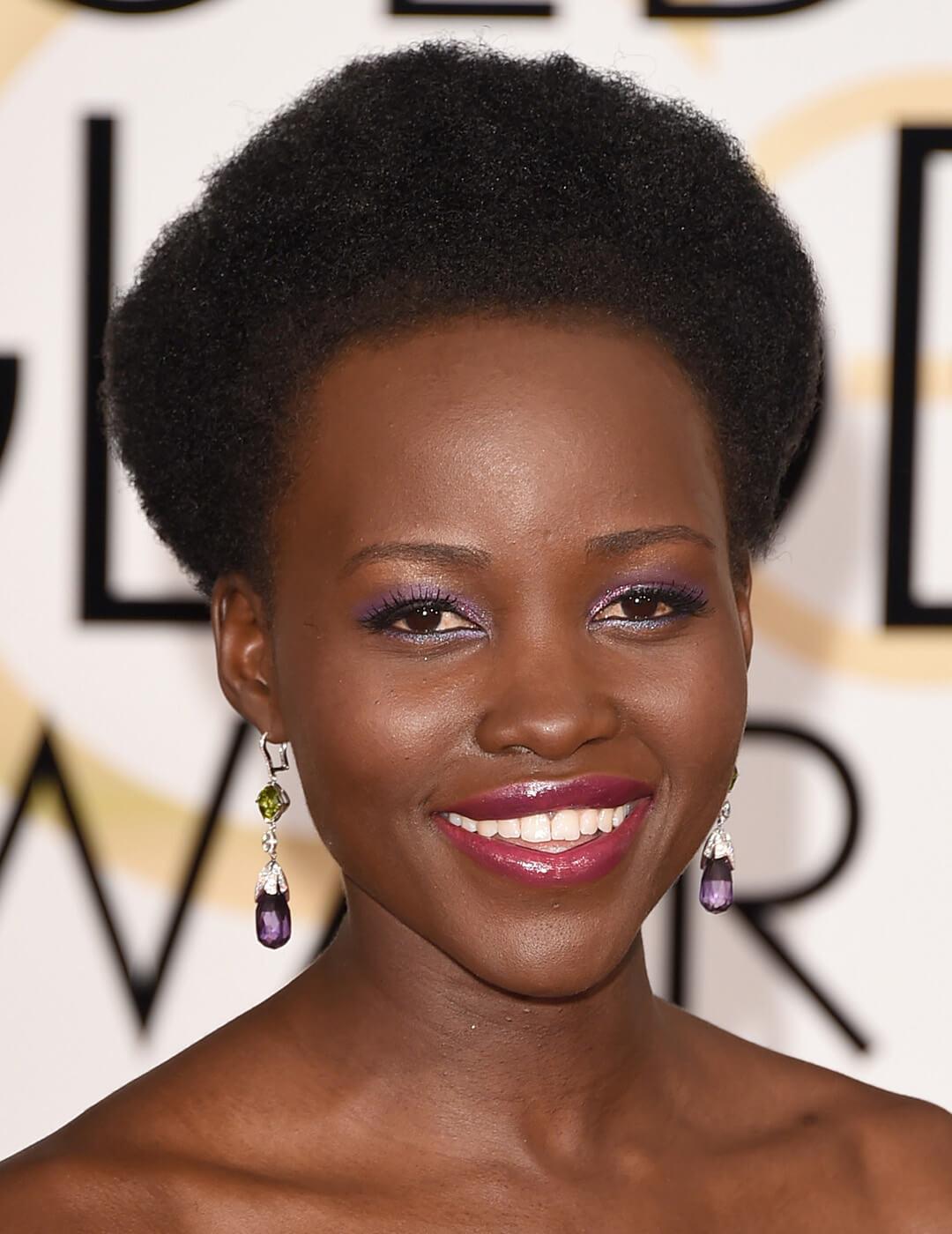

4C is the kinkiest, coiliest hair type there is. Sometimes the zigzag curl pattern is so dense and fine that it may be hard to see individual strands without stretching each strand out. However, 4C hair is also super versatile and can be worn in so many different natural hairstyles. If you have 4C hair, denser, super-hydrating products should be used daily to constantly replenish much-needed moisture.
Want to discover more curl-friendly products? Take our Beauty Quiz now to get started with your own beauty subscription. Already a member? Refer your friends to earn points, which you can use toward products. Either way, don’t forget to check us out on Instagram and TikTok @IPSY.
Like this article? Share it with your friends by clicking the icons below!
Liked this post? Share!
Related Stories
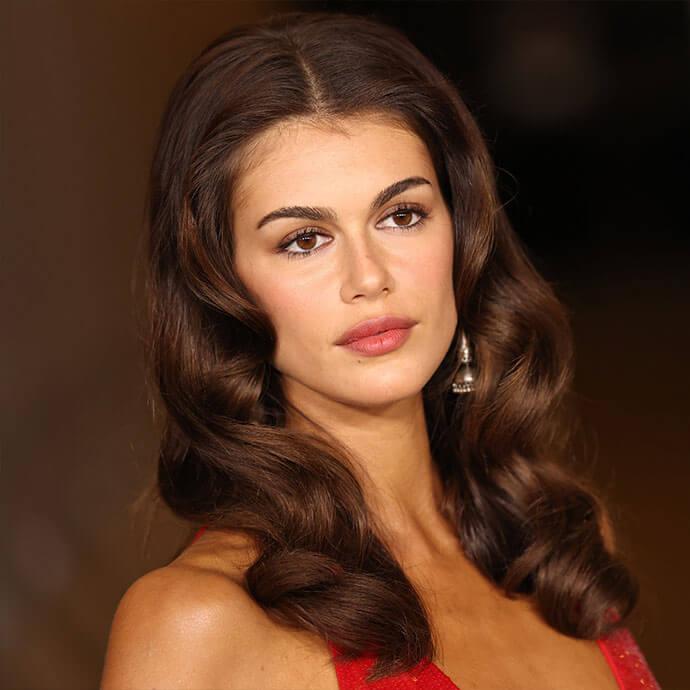

Hair
6 Hair Trends Set to Take Over in 2026, From Bixie Cuts to Bouncy Blowouts
Published on Dec 5, 2025 • 5 min read


Hair
21 Easy Hairstyles to Enhance Your Natural Curls and Coils
Published on Dec 3, 2025 • 11 min read


Hair
The Ultimate Guide to Styling Short Hair
Published on Dec 1, 2025 • 11 min read


Hair
From Bangs to Blonde: The Hair Trends Taking Over 2025
Published on Dec 16, 2024 • 5 min read


Hair
Scalp Exfoliation Is the Key to Healthier Hair—Here’s How to Do It Correctly
Published on Nov 21, 2025 • 9 min read


Hair
The 10 Best Hair Masks and Conditioners to Promote Hair Growth
Published on Mar 11, 2024


Hair
20 Trendy Hairstyles That’ll Make You the Life of the (Holiday) Party
Published on Oct 15, 2025 • 9 min read


Hair
Easy Thanksgiving Hairstyles to Look Polished While You Feast
Published on Oct 2, 2025 • 6 min read


Beauty Picked Just for You
Get 5 products worth up to $70
Plus exclusive access to epic deals up to 80% off
Starting at just $14/month. Cancel anytime.